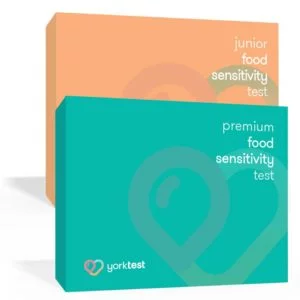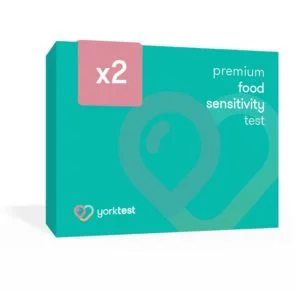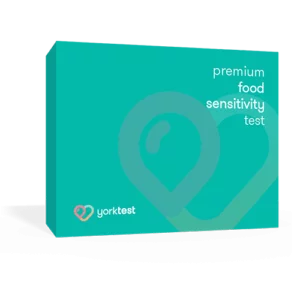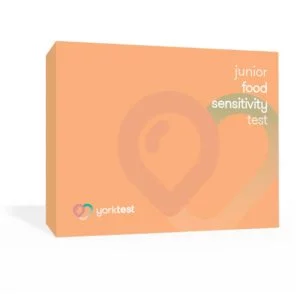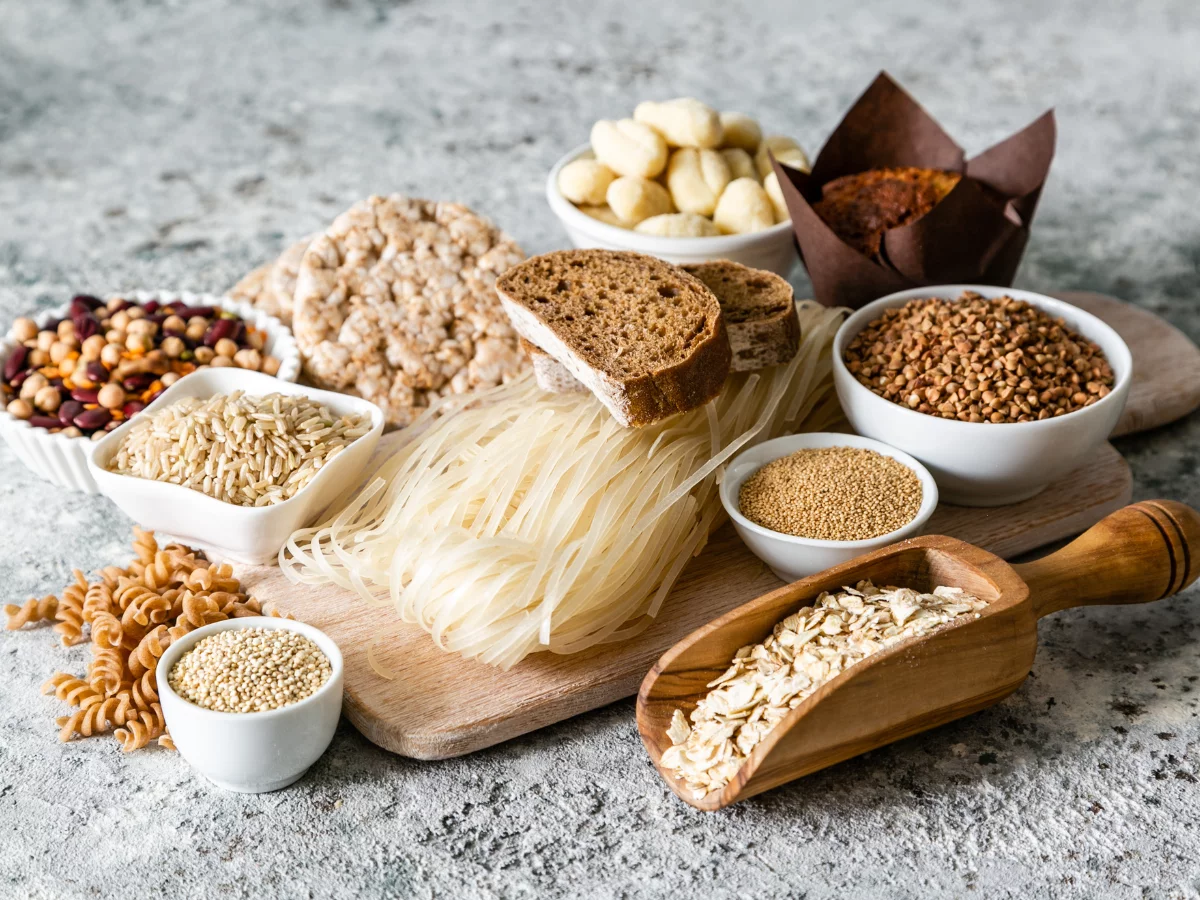With over 1.8 billion views for #highproteinmeals on TikTok, there continues to be a huge trend in people searching for ways to fit more protein into their diet.
This key macronutrient is found in a variety of foods, providing lasting energy and fuel for muscle growth. Consuming enough protein in your diet can help you to feel fuller for longer, compared to food items that are high in fat or carbohydrates.
It can be hard to understand the best way to nourish your body – everyone’s digestive system is different, especially if you have a sensitive stomach.
Whether you experience bloating or extra gas, taking a food sensitivity test can identify potentially problematic foods to help you minimize future issues and make choosing the foods you consume in your diet a lot easier.
Now more than ever, grocery stores are packed with multiple options of heavily branded ‘high’ protein food items…
But what nutritional benefits do these high-protein items provide?
We analyzed the nutritional value of 20 exclusively branded ‘protein’ food products vs. similar products without protein branding to reveal what other nutrients these items provide and how ‘high protein’ options can nutritionally impact us.
If you’re trying to bulk in the gym, are keen to consume more protein in general or just want to create a more balanced diet, find out below which foods have the most and least nutritional value.

Too much cholesterol?
YorkTest research revealed that cholesterol levels were over 100% higher in certain items labeled as high protein.
Vanilla protein shakes contained 15mg more cholesterol than a standard vanilla shake. Meanwhile, higher-protein chicken nuggets had more than double the amount of cholesterol as standard nuggets – at 80mg compared to 35mg.
Consuming too much cholesterol is a known risk factor that can increase your chances of heart problems or stroke.
High levels of sodium
Many gym goers are keen to stick to a high-protein diet as it aids in muscle growth. However, our research indicates that there could then be a risk of consuming huge amounts of sodium by eating too many items that are labeled as very high protein.
The Dietary Guidelines for Americans recommends a limit of 2,300mg per day of sodium – approximately 1 teaspoon of table salt.
A protein smoothie had 25 times more sodium per serving than a standard smoothie, at 250mg, and protein brownies contain 250mg per serving – more than double a standard brownie at 80mg.
Protein was excessively higher
All protein-labeled items analyzed did contain more protein per serving, with most containing at least double the amount. Protein pudding had 12 times the amount of protein, and a protein smoothie had 31g – over 15 times more than a standard smoothie at 2g.
While a balanced diet should involve plenty of protein, eating an excess amount can cause some uncomfortable side effects. The recommended daily amount of protein is around 0.8g per kg of body weight, but too much protein can compromise your intake of carbohydrates, fiber, fat and other necessary nutrients.
Excessive protein powder consumption in particular can cause digestive problems and dehydration, so try to consume protein from natural sources.
So, how can you get a natural source of protein?
Having a wide variety of protein sources on offer can make it easier for people to incorporate one of the most important nutritional groups into their diet. However, if you’re keen to incorporate protein naturally, as opposed to consuming items with an artificially increased amount of protein, here are a few tips:
- Foods such as prawns, salmon and turkey all provide a good source of protein and are low in saturated fat.
- Create your own protein shake using powder instead of store-bought protein-based items – this will enable you to have more control over what is being included.
- Add fruits and nuts, or even nut butters, to acai bowls or cereals to get an extra dose of protein.
Rebecca Kaya, senior product regulatory advisor at Food Label Consultants, Ashbury, said:
“With social media videos being shared around and encouraging the consumer to purchase these heavily branded products, it’s important the consumer knows what is clearly being marketed and that the food label is clear. There is nothing wrong with having extra protein in a balanced diet but, as the research shows, some of these products have far higher levels than are advertised of some nutrients and substances that may be damaging to health at higher levels.
“Ideally, consumers should check the labels before purchasing just to make sure that the nutritional information on these particular products isn’t misleading and compare with the original product to identify which is more beneficial.â€
Before embarking on your fitness journey or making diet changes, it’s helpful to understand which foods might trigger a negative reaction in your body. Taking a food sensitivity test can help you prevent potential stomach issues and plan a nutritious diet more easily.
Methodology
YorkTest looked at 20 items labeled as being high in protein, before comparing them to the same food items similar in size, with no excessive mention of being high in protein. It looked at the nutrients from food on offer at Walmart to reveal the amount of nutritional value in:
- Protein
- Cholesterol
- Sodium
- Fat
- Sugar
- Calories
Data correct as of August 2023.


